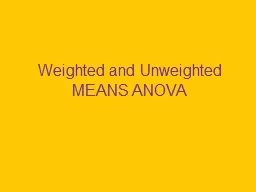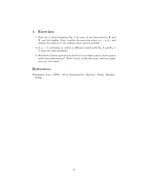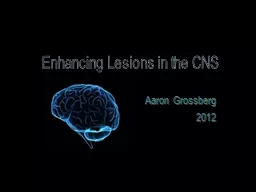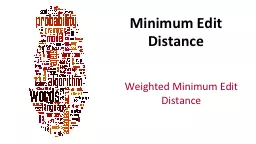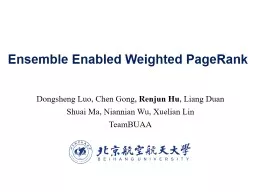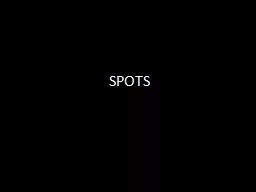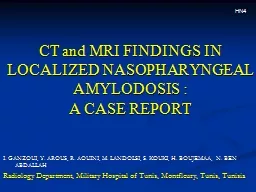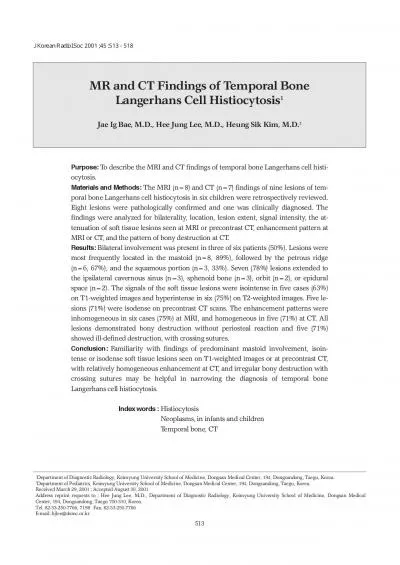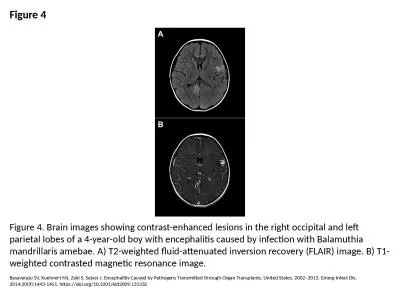PPT-Weighted and
Author : briana-ranney | Published Date : 2016-08-06
Unweighted MEANS ANOVA Data Set Int Notice that there is an interaction here Effect of gender at School 1 is 155110 45 Effect of gender at School 2 is 135120
Presentation Embed Code
Download Presentation
Download Presentation The PPT/PDF document "Weighted and" is the property of its rightful owner. Permission is granted to download and print the materials on this website for personal, non-commercial use only, and to display it on your personal computer provided you do not modify the materials and that you retain all copyright notices contained in the materials. By downloading content from our website, you accept the terms of this agreement.
Weighted and: Transcript
Download Rules Of Document
"Weighted and"The content belongs to its owner. You may download and print it for personal use, without modification, and keep all copyright notices. By downloading, you agree to these terms.
Related Documents

